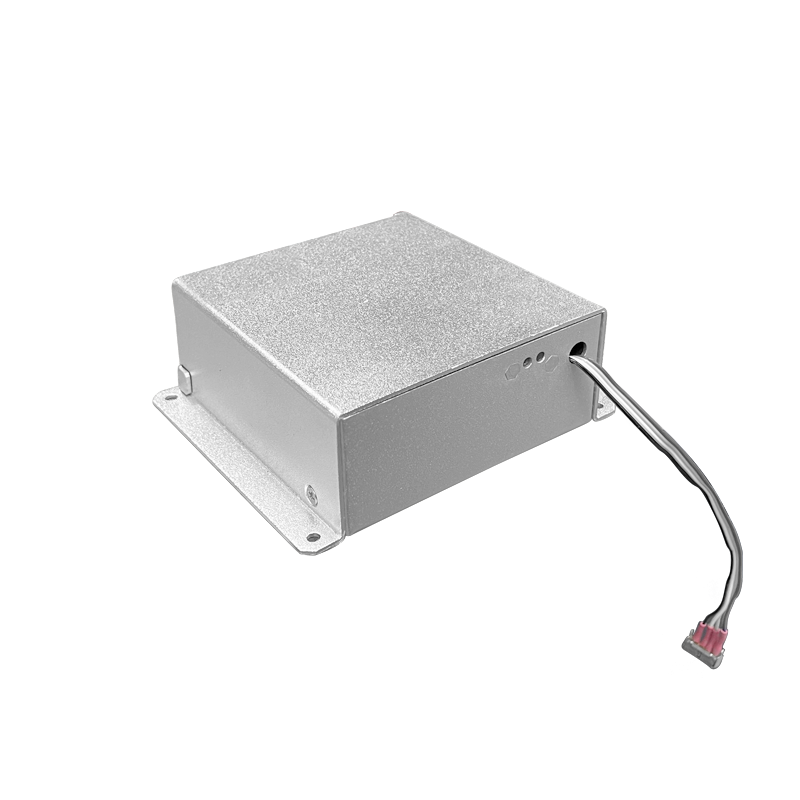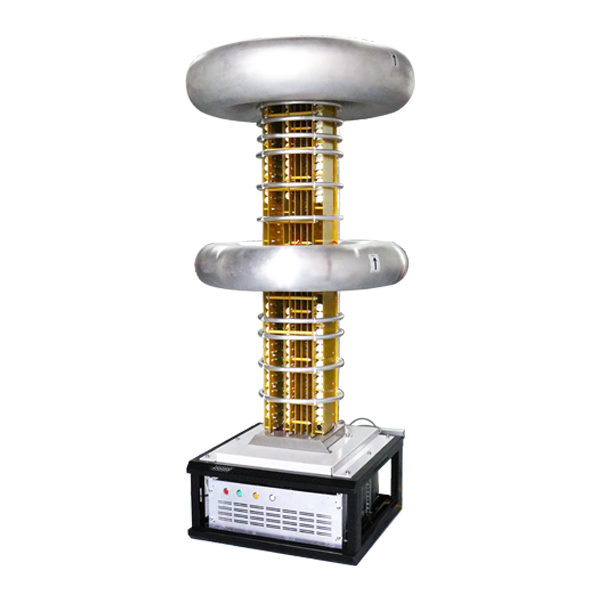Application and Optimization of High Voltage DC Power Supply in Subway Power Supply Systems
With the acceleration of urbanization, subways have become an important component of urban public transportation. The stability and reliability of their power supply systems are crucial for ensuring the normal operation of subways. High voltage direct current (HVDC) power supplies, as a highly efficient and stable form of power, have been widely applied in subway power supply systems. This article will discuss the application of HVDC power supplies in subway power supply systems from a professional perspective and explore optimization measures.
I. Application of High Voltage DC Power Supply in Subway Power Supply Systems
1. Main Substation Power Supply
The main substation is the core part of the subway power supply system, responsible for converting high-voltage alternating current (HVAC) from the urban power grid into direct current (DC) suitable for subway trains. HVDC power supplies play a key role in this process by using rectifiers to convert HVAC to DC and step-down transformers to reduce the voltage to an appropriate range to meet the power demands of subway trains.
2. Traction Power Supply
The traction power supply system provides the driving force for subway trains. HVDC power supplies transmit electrical energy to the contact network through traction substations, powering the subway trains. In this process, HVDC power supplies must meet the high-power, high-voltage, and high-current requirements of the traction power supply system to ensure the normal operation of subway trains.
3. Auxiliary Power Supply
The auxiliary power supply system of subway trains provides electricity for vehicle lighting, air conditioning, communication, and other equipment. HVDC power supplies convert DC to AC through auxiliary inverters to meet the power demands of these devices. Additionally, the auxiliary power supply system should have a certain degree of redundancy to ensure it can take over in case of a main power supply failure, guaranteeing the normal operation of subway trains.
II. Optimization Measures for High Voltage DC Power Supply in Subway Power Supply Systems
1. Improving Power Conversion Efficiency
To enhance the energy efficiency of subway power supply systems, attention should be paid to the conversion efficiency of HVDC power supplies. By selecting high-performance rectifiers and inverters, as well as optimizing circuit design and manufacturing processes, energy losses during power conversion can be reduced, thereby improving the overall energy efficiency ratio of the subway power supply system.
2. Optimizing Power Layout and Wiring Methods
Reasonable power layout and wiring methods are essential for reducing energy consumption and fault rates in subway power supply systems. During the design process, the capacity and location of HVDC power supplies should be planned based on the specific conditions of the subway line, and appropriate wiring methods should be chosen to minimize energy losses and fault risks during power transmission.
3. Strengthening Equipment Monitoring and Maintenance
To ensure the stable operation of subway power supply systems, HVDC power supplies and related equipment should be monitored and maintained in real-time. By establishing a comprehensive monitoring system, equipment faults and anomalies can be detected and handled promptly; at the same time, regular maintenance and inspections should be conducted to ensure that the equipment is in good working condition.
4. Adopting Advanced Control Strategies
Adopting advanced control strategies can improve the response speed and stability of subway power supply systems. For example, using adaptive control technology to adjust power output according to actual load changes; employing intelligent algorithms to optimize power dispatch strategies to enhance system operating efficiency, etc. These measures contribute to improving the overall performance of subway power supply systems.
In conclusion, HVDC power supplies play an essential role in subway power supply systems. By optimizing power conversion efficiency, layout and wiring methods, strengthening equipment monitoring and maintenance, and adopting advanced control strategies, the stability and reliability of subway power supply systems can be further improved, providing strong guarantees for the safe and efficient operation of subways.




















